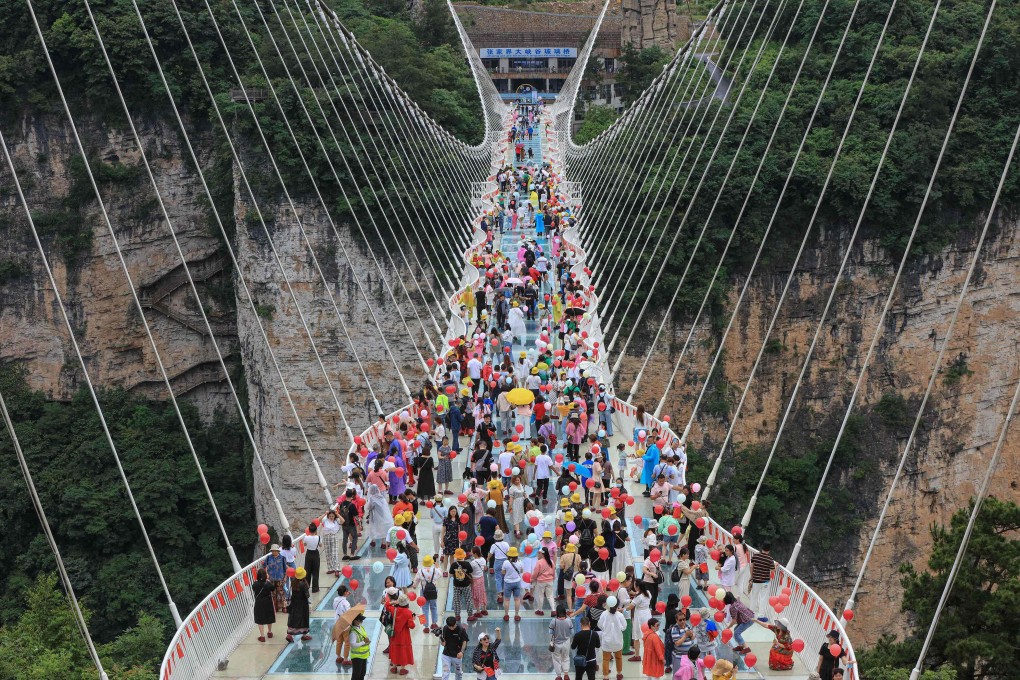Advertisement
Opinion | China’s economic miracle is in transition, not in danger of stagnation
- There are concerns China could undergo economic stagnation, like Japan has since the 1990s, because of an asset bubble bursting and its ageing population
- But the country’s policy measures, and its vibrant entrepreneurial ecosystem and dynamic capital markets, tell a different story
Reading Time:4 minutes
Why you can trust SCMP
20

When the global financial crisis erupted in 2008, Beijing responded with a 4 trillion yuan (US$559 billion) stimulus package to mitigate its impact on the country and help stabilise the global economy. Since then, China’s economy has followed a growth pattern of rising housing prices, credit expansion and home construction.
The flaws of this credit- and investment-driven growth model have been exposed in recent years. As China’s capital stock accumulates, the depreciation of the existing capital stock increases accordingly, while the marginal return on effective investment diminishes.
In addition, natural resources and environmental protection are growing constraints on the country’s economic growth. China imported 48 per cent of the world’s minerals in 2019 and 26 per cent of its oil in 2020. China also has pledged to reach peak carbon dioxide emissions by 2030.
Therefore, China is pushing to transform its growth pattern. The “three red lines” for developers are the most direct manifestation of the government’s deleveraging policy. China has also been investing heavily in technological innovation. In 2020, China invested twice as much in research and development as in 2013 and its share of global research output tracked by Nature Index was twice as high as it was in 2015.
China is the world’s top international patent filer and accounts for the largest share of hi-tech exports globally. The World Intellectual Property Organisation ranks China as the 12th most innovative country.
Rapid technological advances and large-scale commercial application will fuel higher-quality growth, but this economic transition comes with risks.
Advertisement
